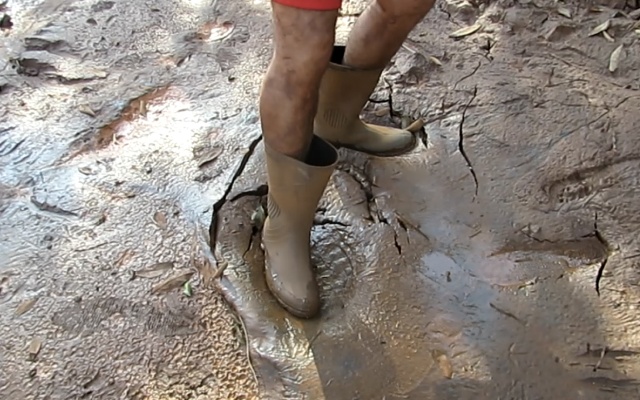Barro in Portuguese means mud, dirt mixed with water. It is what killed over 316 people in Minas Gerais, Brazil, in January 2019, due to the rupture of a dam, spreading 12 million m³ of sterile earth and water. This barro or lama ran over people and animals, land and the river Paraopeba (now dead). The word barro is common in names of places in Minas Gerais. It is also present in the word Barreira, which means a limit or a barrier, like a dam, which is the structure that failed to hold the barro also in the disaster of Mariana in 2015, which destroyed the river Doce, fundamental for the constitution of Vale. Vale is the enterprise that profits from the extraction of minerals, water, and people’s lives and it was the owner of the mines where the dams burst. These were criminal disasters, each involving a Barreira or Barragem, causing an unprecedented alarm in the country where over 50 such dams are condemned.
Barreira de Jaiba • Barreira da Onça • Barreira do Triunfo • Barreira dos Mamonas • Barreira Grande • Barreira Nova • Barreirada • Barreirama • Barreirão • Barreirãozinho • Barreiras • Barreirinha • Barreirinho das Pedras • Barreiro de Cima • Barreiro de Baixo • Barreiro de Dentro • Barreiro do Mato • Barreiro Fundo • Barreiro Fundo • Barreiro Grande • Barreiro Novo • Barreiro Velho • Barreiro Vermelhão • Barro Alto • Barro Amarelo • Barro Azul • Barro Branco • Barro Frio • Barro Grande • Barro Preto • Barro Quente • Barro Serra • Barro Velho • Barro Vermelho • Barro da Égua • Barroca • Barroca da Viturina • Barroca da Água • Barroca Funda • Barrocão • Barroquinha, etc.**
Lama is a more liquid barro, and it also means misery. It is present in the name of places such as Lamas, Lamarão, Lameira, Lama Preta, Lameiro, Lamerão, and it is implicit in the scenario of destruction where the dams ruptured. The lama spread in the disasters is a dense gooey contaminated material. Having run at full power over itself, it sat afterwards as a thick layer, compacting life underneath it. Constituting an unnamed new terrain, lama is not a soil, but matter with plasticity. In the case of the disasters, it is a burial pest, as a plastic mineral, with movable consistency, a wet gluey stuff, unstable and sterile, engulfing, polluting, invading, destabilizing. In the events here depicted, the Lama is a deadly invader that not only sits as a gelatin, but is gradually corroded by the forceless water of the river struggling to run under it and through its fibers. This plastic mineral is taken gradually for the next hundred years by the struggling water of the killed river, its portions roll down the valley until reaching the ocean, affecting and killing all the way.
Vale means lowland. The company, which is one of the largest ore extractors on the planet, has been efficiently flattening Minas Gerais, by extracting mountains and by destroying (with its waste) the valleys where rivers run. As for the “value” implicit in its name, meaning benefit and significance, it is invisible and very distant from where it digs and covers others in mud and poverty.
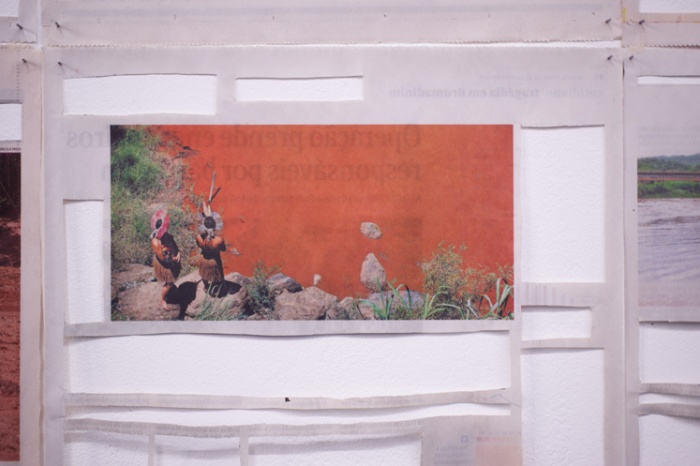
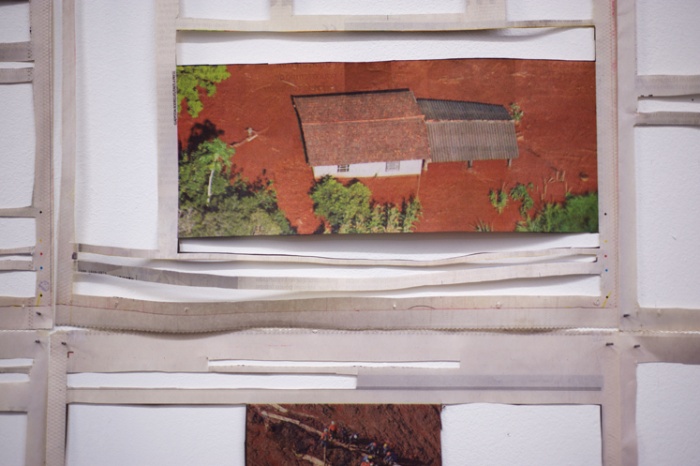

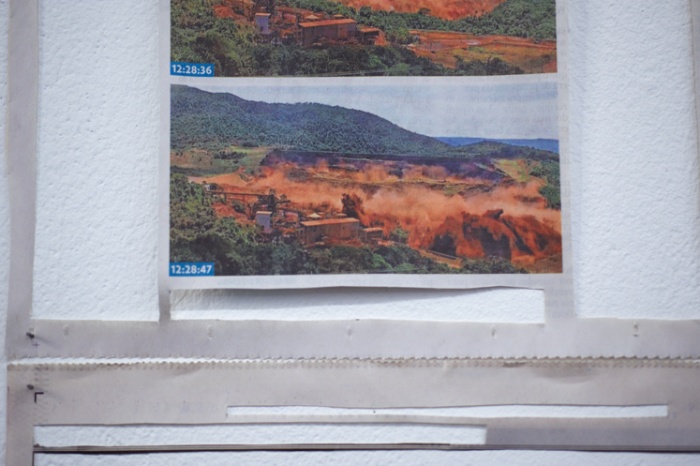
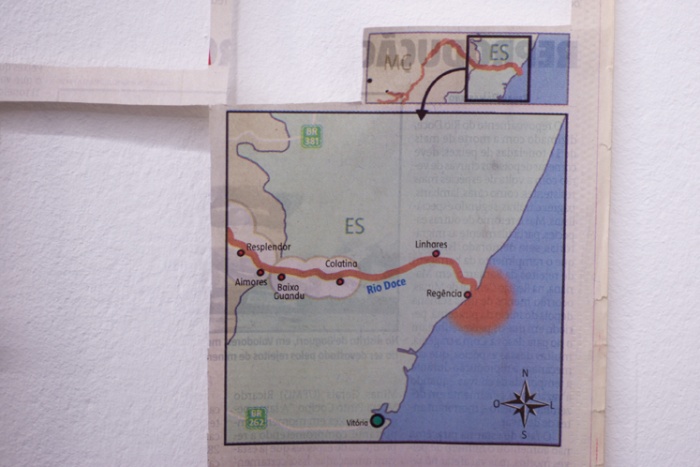
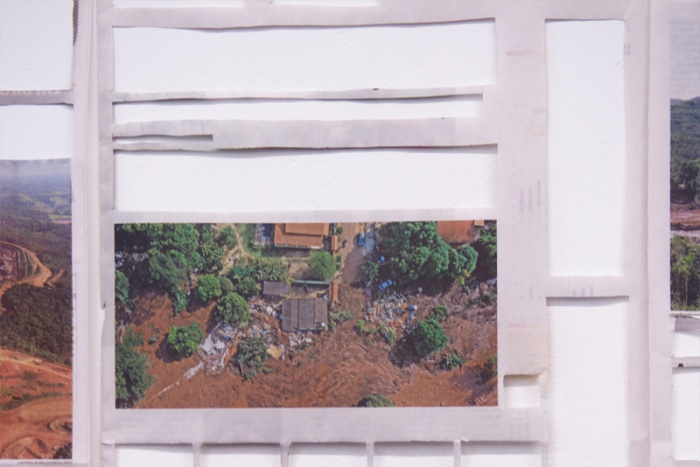
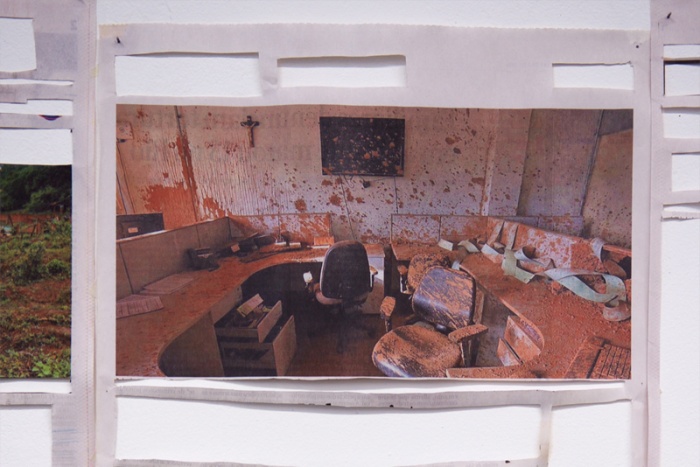
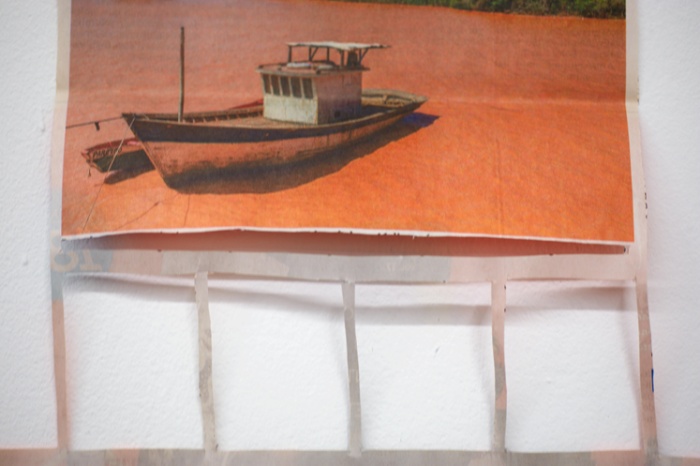

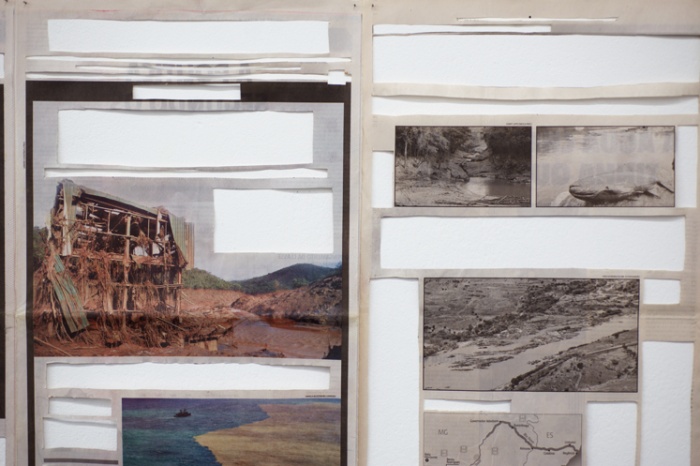
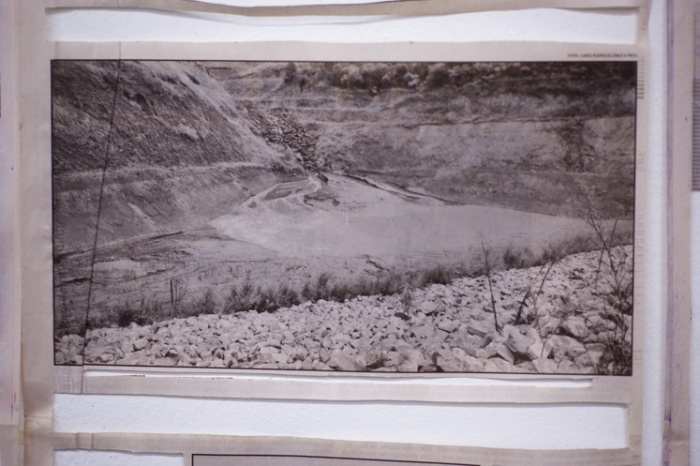
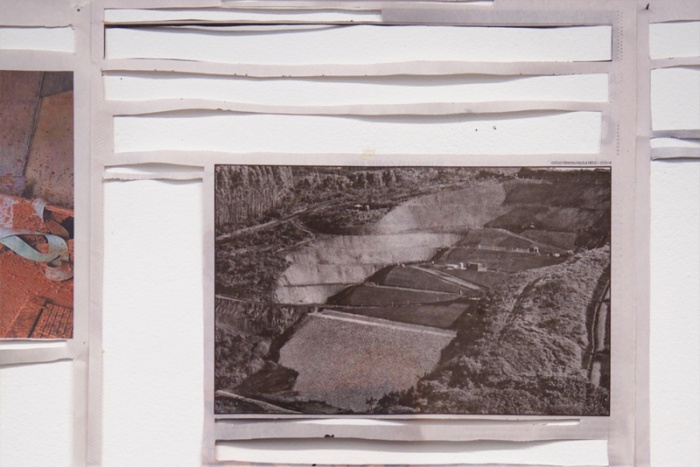
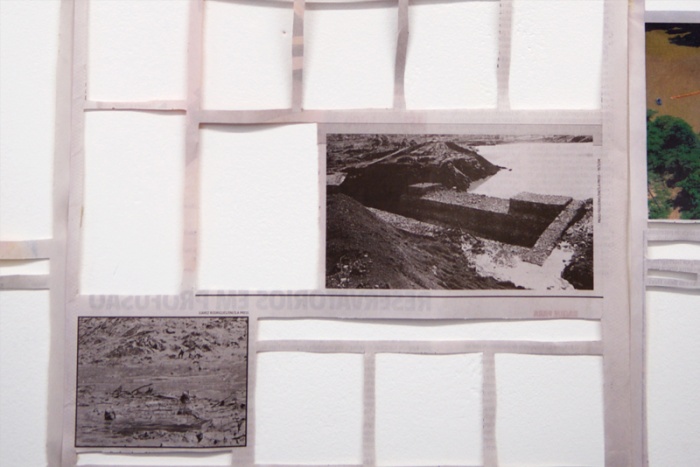

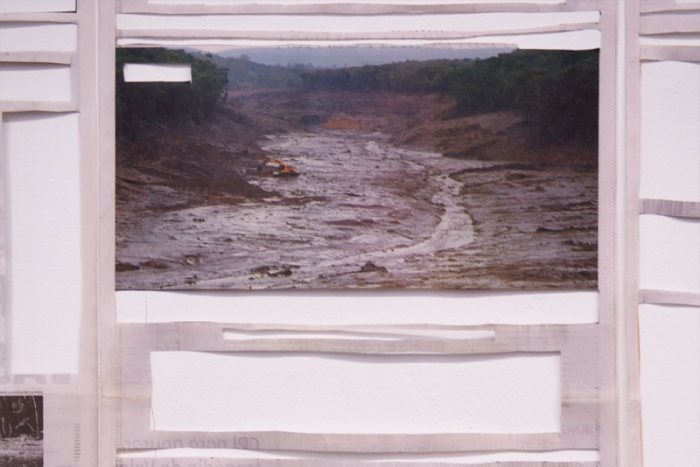
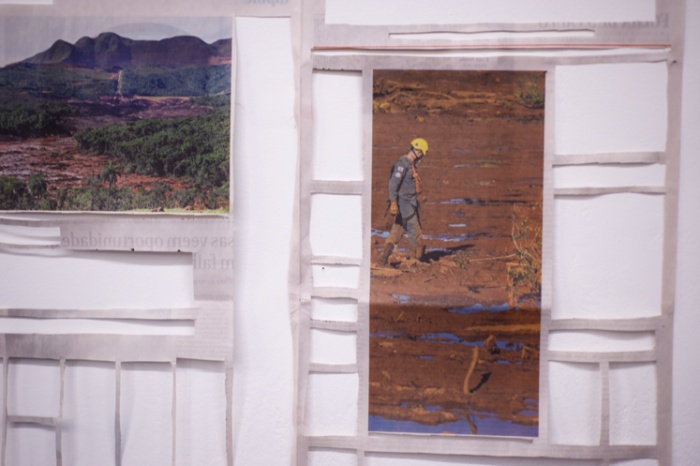
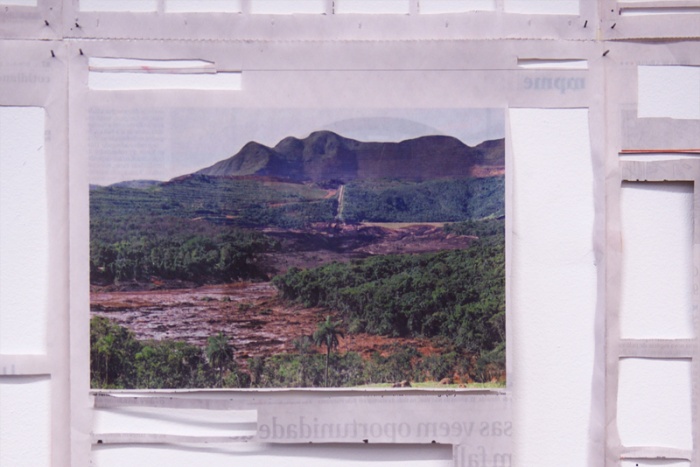
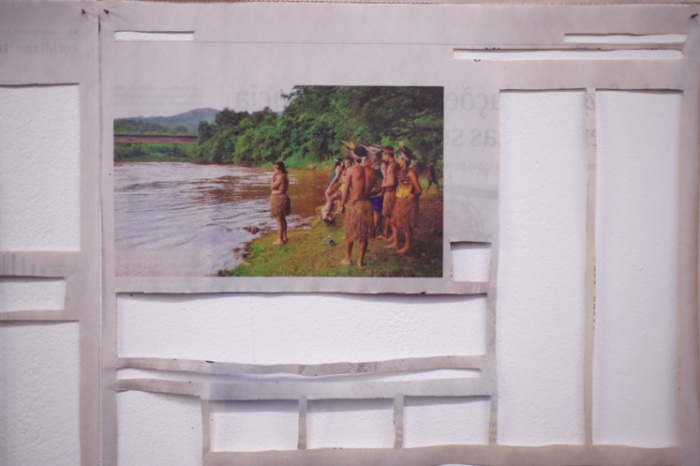
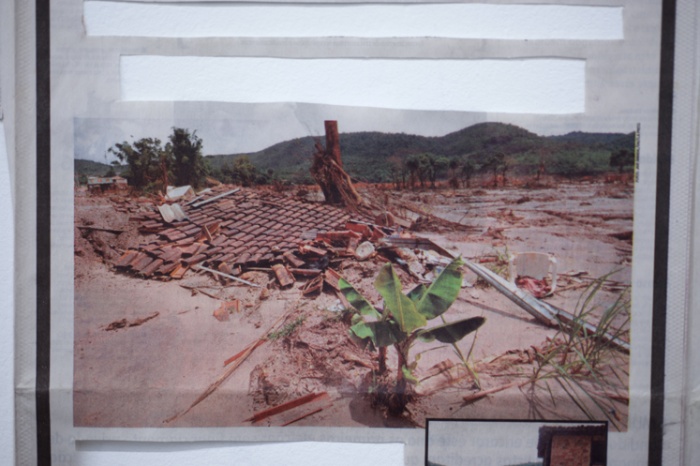
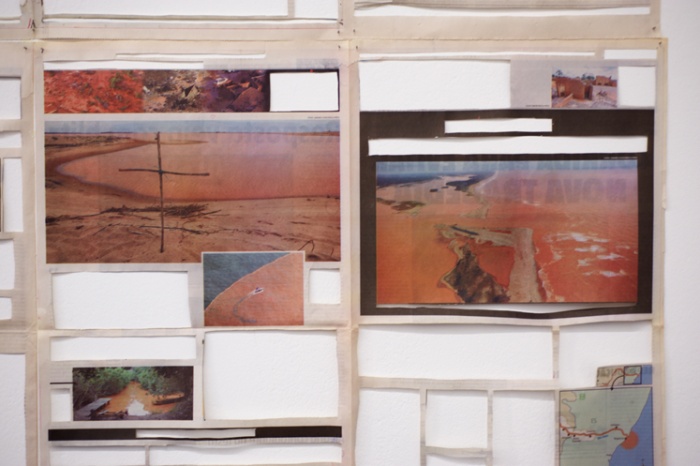
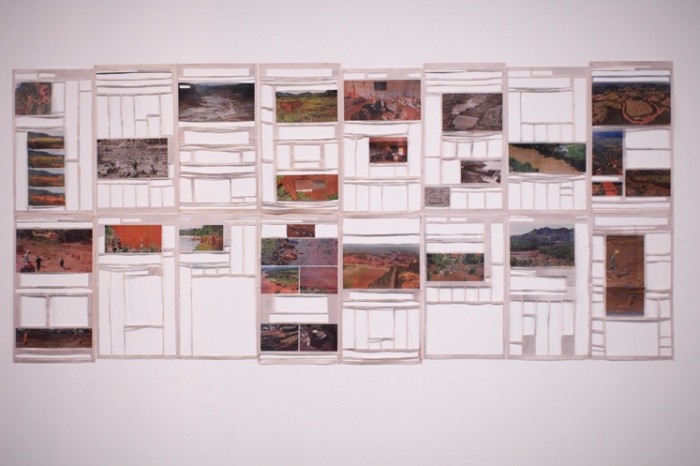
BIO
Mabe Bethônico (Belo Horizonte/Brazil) is an artist, researcher, and professor at Universidade Federal de Minas Gerais, who lives between Brazil and Switzerland. She works within institutional structures to problematize issues related to memory, from documentaries to fictionalized narratives, using publications and speeches/narration, based on archives and field images as a means of transmitting her ideas. Since 2013, she initiated the Museum of Public Concerns, staged from collections, writings, meetings, and exhibitions. As her main topic of interest, she attempts to bring to public debate the social and environmental implications of the mineral industry in Minas Gerais, Brazil. She has shown in the Museum of Modern Art of São Paulo, has participated in the São Paulo Biennials of 2006 and 2008, exhibited at the Kunstverein Munchen, and is a member of the international group or artists and theoreticians, World of Matter (www.worldofmatter.net).
*Cover photo: still from "Consistencia the barro."
**Lithotoponymy [mineral names of places] in Minas Gerais – research by Maryelle Cordeiro, Doctorate Thesis UFMG Belo Horizonte, Brazil 2018.
All photographs taken by Mabe Bethônico. Courtesy of the artist.



